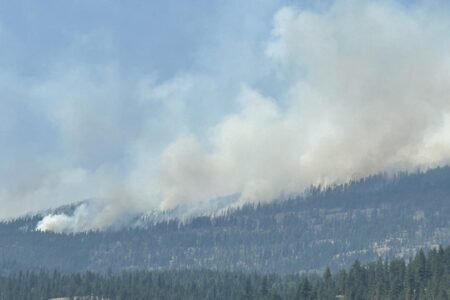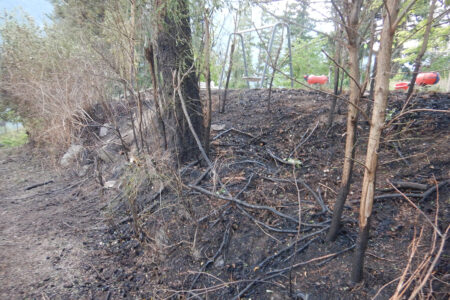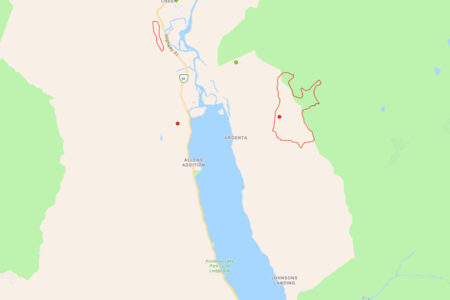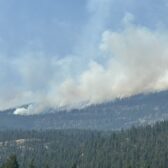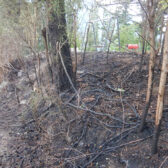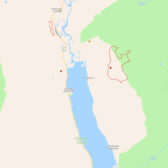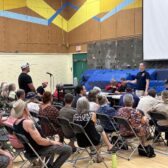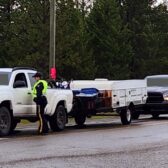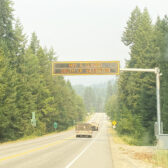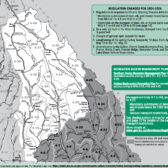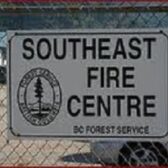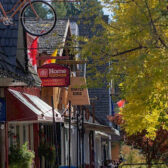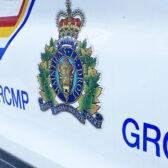Deaths due to toxic drugs decreasing in region: B.C. Coroners Service
The number of unregulated drug deaths in the Kootenay Boundary region has dropped significantly in the first part of 2024, according to data released by the B.C. Coroners Service.
One person in the Kootenay Boundary has died by drug poisoning in February, with a total of two in the region since the start of the year.
The unregulated drug death rates per 100,000 population by health service delivery area (HSDA) — of which Nelson is part of the Kootenay Boundary HSDA — has dropped to 13.4 in 2024, from a 10-year high of 47.9 in 2023. That change meant the Kootenay Boundary HSDA went from the eighth highest rate in the province (out of 16 health service areas) to the second lowest.
The figures were part of a preliminary report from the B.C. Coroners Service that revealed that 177 people across the province lost their lives to toxic drugs, an average of 6.1 lives lost per day throughout the month of February.
The total number of lives lost provincially reflects an 11 per cent decrease from the number investigated by the Coroners Service at the same time last year, and a 12 per cent decrease from the number reported in January this year.
The February figure marks 20 consecutive months with over 175 deaths in B.C. attributed to toxic drugs.
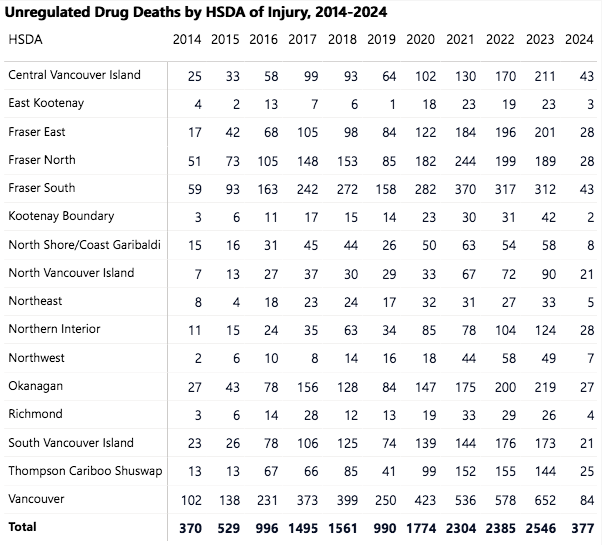
Chemical concerns
The Coroners Service released a statement saying toxicology testing has found a volatile and inconsistent drug supply across the province.
In 2024, fentanyl — and one of its analogues — is found to be part of eight out of every 10 test results, often combined with cocaine, methamphetamine and other substances.
“Nearly every unregulated drug death is the result of mixed drug toxicity,” the Service noted in its report, remaining the leading cause of death for people between 10 and 59 years old in B.C., more than homicide, suicide, accidents and diseases combined.
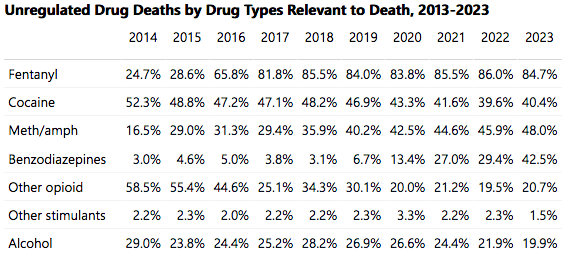
Hard times get harder
The culture of the street could be drastically affected for the remainder of 2024, after The Hub — a coordinated access site — closed its doors at the end of March.
Currently, no word has been given on an alternate site despite a quick search and plea to the community after the Nelson Committee on Homelessness (NCOH) announced in February its two-year Union of B.C. Municipalities grant was ending.
No plan was available as to how the services offered at the HUB would still be offered, but the NCOH did say “plans are underway to ensure the closure of the HUB will not affect providing services to the community.”
The Hub offered people a range of health and social services, including an episodic overdose prevention site.
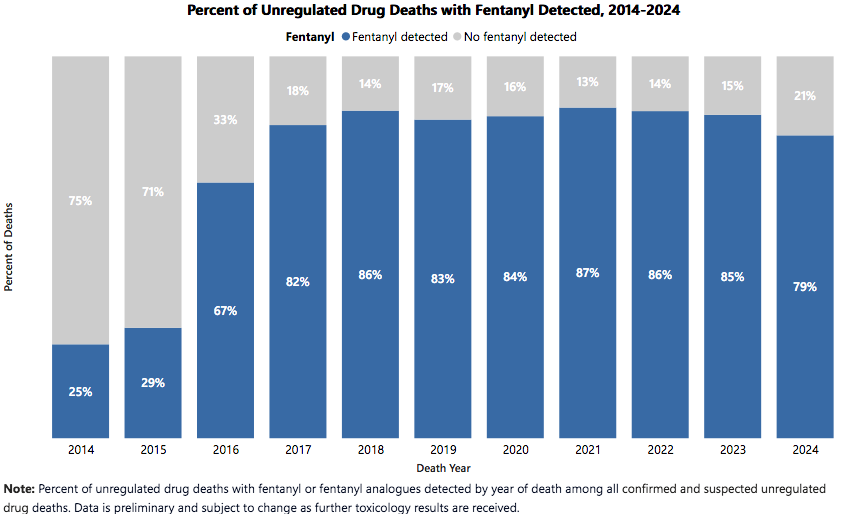
Inglorious stats
Last year Nelson was third out of all local health authorities (LHA) in the Kootenay Boundary in unregulated drug death rates per 100,000 population with a rate of 57.
That translated into a total of 16 people dying due to toxic overdose, the highest rate ever for the Nelson local health authority, and five more than 2022, the first year the LHA went into double digits.
Cranbrook led the way with a 67.7 rate, with Grand Forks second at 62.7. Trail followed Nelson at 51.0, while Castlegar had a rate of 25.4. Revelstoke was 32.4, Kootenay Lake was 25.2 and Golden came in at 12.3.
Several local health authorities had low to negligible rates, including Creston at 7.3, Fernie with a 5.7 and Kimberley at 0.0.




